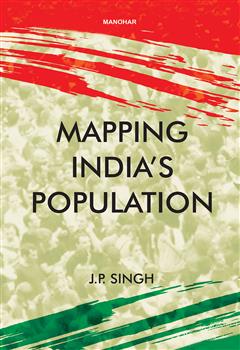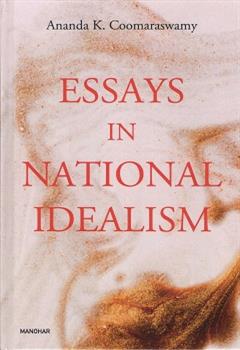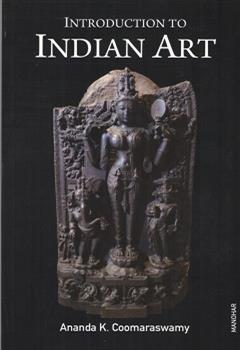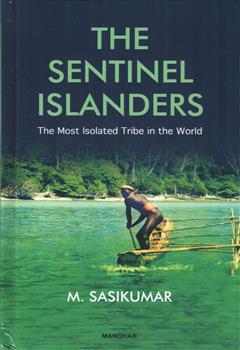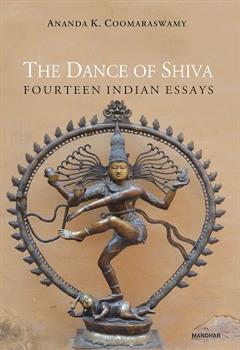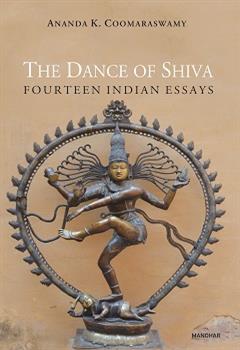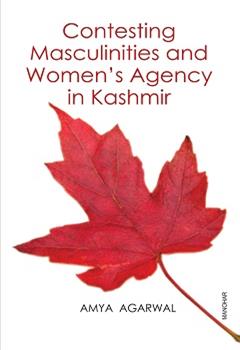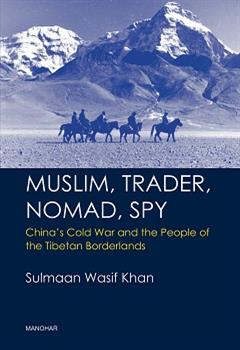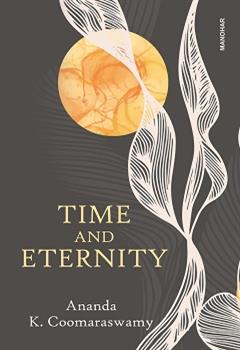History
Featured Products
The Sentinel Islanders: The Most Isolated Tribe in the World
₹984.20
M.R.P.:₹ 1,295.00
You Save: ₹310.80 (24.00% OFF)
Adaptation of the Jarawa to Andaman Islands
₹1,039.50
M.R.P.:₹ 1,350.00
You Save: ₹310.50 (23.00% OFF)
Contesting Masculinities and Women's Agency in Kashmir
₹1,181.05
M.R.P.:₹ 1,495.00
You Save: ₹313.95 (21.00% OFF)
Muslim, Trader, Nomad, Spy: China's Cold War and the People of the Tibetan Borderlands
₹985.50
M.R.P.:₹ 1,350.00
You Save: ₹364.50 (27.00% OFF)


